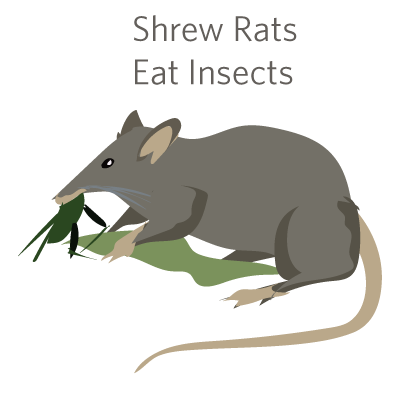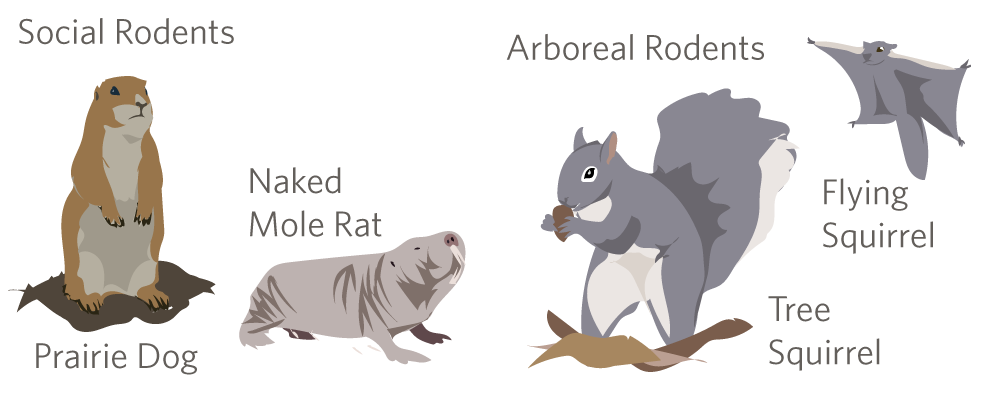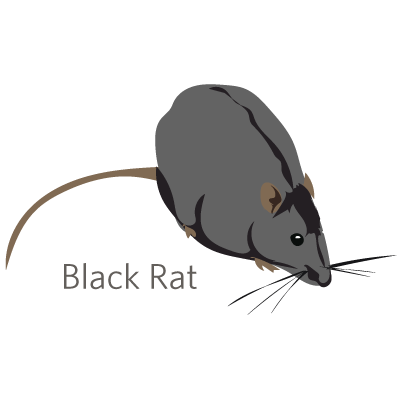Its Rodent Week on iNaturalist! Mar 6 - Mar 12, 2016

The most numerous and diverse order of mammals, the Rodentia, are the focus of the Critter Calendar this week. A huge order, Rodentia includes mice, rats, porcupines, beavers, gophers, squirrels and many more! Rabbits, hares and pikas, while similar, are not rodents but lagomorphs and are in a different order.
It’s the front teeth of rodents that set them apart from other mammals. All rodents have a pair of large incisors on both their upper and lower jaws, and these teeth continue to grow throughout their lives. The incisors have thick enamel layers on the front and softer dentine on the back, cause the back to wear away more quickly with every bite, thus continually sharpening the tooth. These impressive choppers allow rodents to bite through the tough husks of seeds or even cut down trees. Most rodents have a diastema, or large gap, between the incisors and molars, allowing them to suck in their cheeks and avoid inedible material as they chew.


Rodents are mostly herbivorous but will eat animal matter, and some, like the Shrewlike rats of the Phillipines are, mainly predatory. And because of their large numbers and prolific breeding habits (House mice, for instance, average over 5 litters a year, with each litter averaging over 5 babies), rodents are an important food source for many other animals, such as raptors, snakes, and other mammals.
With these four front teeth as a shared trait, rodents have evolved to inhabit every continent on Earth (except Antarctica) and many islands as well. Flat grasslands are home to rodents such as Prairie Dogs, and Naked mole-rats, who have a complex social life and networks of burrows. With their sharp claws and bushy tails, squirrels have also adapted well to forests and trees, and some, such as the flying squirrels, can glide from tree to tree using outstretched membranes.

Rodents have also adapted to life in waterways. The world’s largest rodent, the Capybara, is semiaquatic and uses its webbed feet to swim and find aquatic plants. Beavers have enormous incisors with which they gnaw down trees, to be used as food and as building material for their dams and dens.


The most common and widespread rodents are the rats and mice of the family Muroidea, who are mainly nocturnal seed eaters. Many of them, like the Black rat and House mouse, are commensal with humans and have been introduced to numerous areas around the world.
If you think you see any of these this week, share your observations with us. We’ll be keeping track here. Happy rodent hunting!



Comments
Quite appropriate to listen to this little podcast during this week:
http://www.theadaptors.org/episodes/2015/5/17/when-rats-inherit-the-earth
:)
Add a Comment